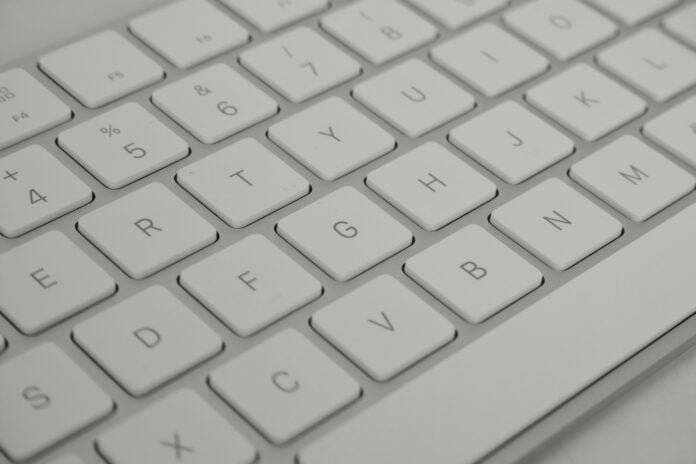Table of contents
Introduction:
In the ever-evolving landscape of technology, efficiency is paramount. Learning how to turn off your monitor using keyboard shortcuts in Windows not only enhances your workflow but also contributes to energy conservation. In this detailed guide, we’ll delve into the intricacies of keyboard shortcuts, exploring the benefits, step-by-step processes, and practical applications to empower you with an efficient and environmentally conscious approach to power management.
Understanding the Significance:
Keyboard shortcuts offer a rapid and streamlined method to interact with your computer. Beyond the common shortcuts for tasks like copying and pasting, mastering those for turning off your monitor provides a tangible impact on your daily computing experience. The ability to control your monitor’s power state with a few key presses not only saves time but also aligns with the growing emphasis on energy-efficient practices.
Keyboard Shortcuts for Turning Off Your Monitor:
1. Windows Key + D: A Swift Minimization Technique
- Pressing the “Windows Key + D” combination is a quick and effective way to minimize all open windows, revealing your desktop. This action serves a dual purpose by prompting the monitor to enter a low-power state, conserving energy while maintaining the operational status of your computer.
2. Windows Key + L: Securing Your System with a Keystroke
- The “Windows Key + L” combination not only locks your computer but also turns off the monitor concurrently. This shortcut is particularly handy when you need to step away from your workstation momentarily, providing both a privacy and energy-saving solution.
3. Creating a Custom Shortcut: Tailoring Your Experience
- For a more personalized touch, consider creating a desktop shortcut dedicated to turning off your monitor. The steps involve a right-click on an empty desktop area, selecting “New” > “Shortcut,” and typing
nircmd.exe monitor offin the location field. This allows for a quick double-click action to promptly turn off your monitor.
Exploring the Efficiency Beyond Convenience:
– Time-Saving Benefits:
- The primary advantage of using keyboard shortcuts for turning off your monitor lies in the time saved. These combinations eliminate the need to navigate through menus or physically reach for the monitor buttons, streamlining your tasks and boosting overall efficiency.
– Ergonomic Approach:
- Beyond time savings, the ergonomic benefits of keyboard shortcuts are noteworthy. Operating your computer with key presses minimizes physical strain, especially when compared to manual adjustments on the monitor. This hands-on approach aligns with contemporary ergonomic principles, promoting a more comfortable and sustainable computing experience.
– Environmental Considerations:
- As society places increasing emphasis on environmentally conscious practices, the ability to conserve energy through simple actions like turning off the monitor becomes significant. Keyboard shortcuts offer an accessible means to contribute to energy efficiency, aligning your computing habits with sustainability goals.
Why Opt for Keyboard Shortcuts:
– Streamlining Workflow:
- Incorporating keyboard shortcuts into your routine results in a more streamlined workflow. The ability to seamlessly control your monitor’s power state enhances your overall computing experience, allowing you to focus on tasks without interruptions.
– Efficient Multitasking:
- In a world where multitasking is the norm, efficient tools are essential. Keyboard shortcuts for turning off your monitor provide a quick solution when you need to step away briefly or shift your attention to another task.
– Customization for Personal Preference:
- The creation of a custom desktop shortcut allows for a personalized touch to your computing experience. Tailoring your interactions with your computer adds an element of customization, making your digital workspace more aligned with your preferences.
Conclusion:
Mastering the art of turning off your monitor using keyboard shortcuts in Windows is more than just a technical skill—it’s a strategic move towards efficiency, ergonomics, and environmental responsibility. The convenience of swiftly controlling your monitor’s power state contributes to a seamless workflow, while the ergonomic benefits reduce physical strain.
As we navigate a digital age that values both efficiency and sustainability, adopting practices like using keyboard shortcuts for power management becomes increasingly relevant. So, empower yourself with these skills, enhance your computing experience, and make a positive impact on both your productivity and the environment.

